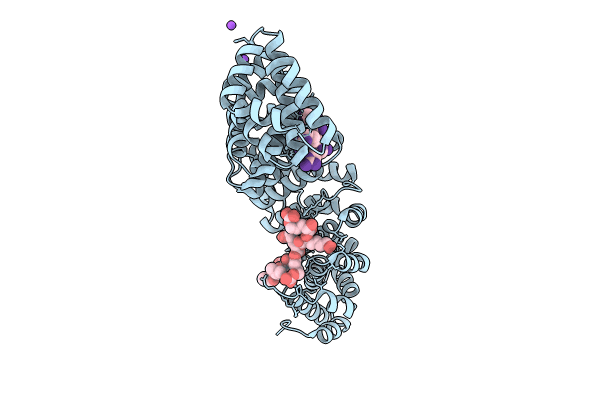
Deposition Date
2023-09-07
Release Date
2023-11-22
Last Version Date
2024-12-11
Entry Detail
PDB ID:
8U36
Keywords:
Title:
The crystal structure of the classical binding interface of Importin alpha 2 and a nuclear localisation signal sequence in Frog siadenovirus core protein VII
Biological Source:
Source Organism:
Mus musculus (Taxon ID: 10090)
Frog siadenovirus A (Taxon ID: 298331)
Frog siadenovirus A (Taxon ID: 298331)
Host Organism:
Method Details:
Experimental Method:
Resolution:
2.60 Å
R-Value Free:
0.24
R-Value Work:
0.21
R-Value Observed:
0.21
Space Group:
P 21 21 21


